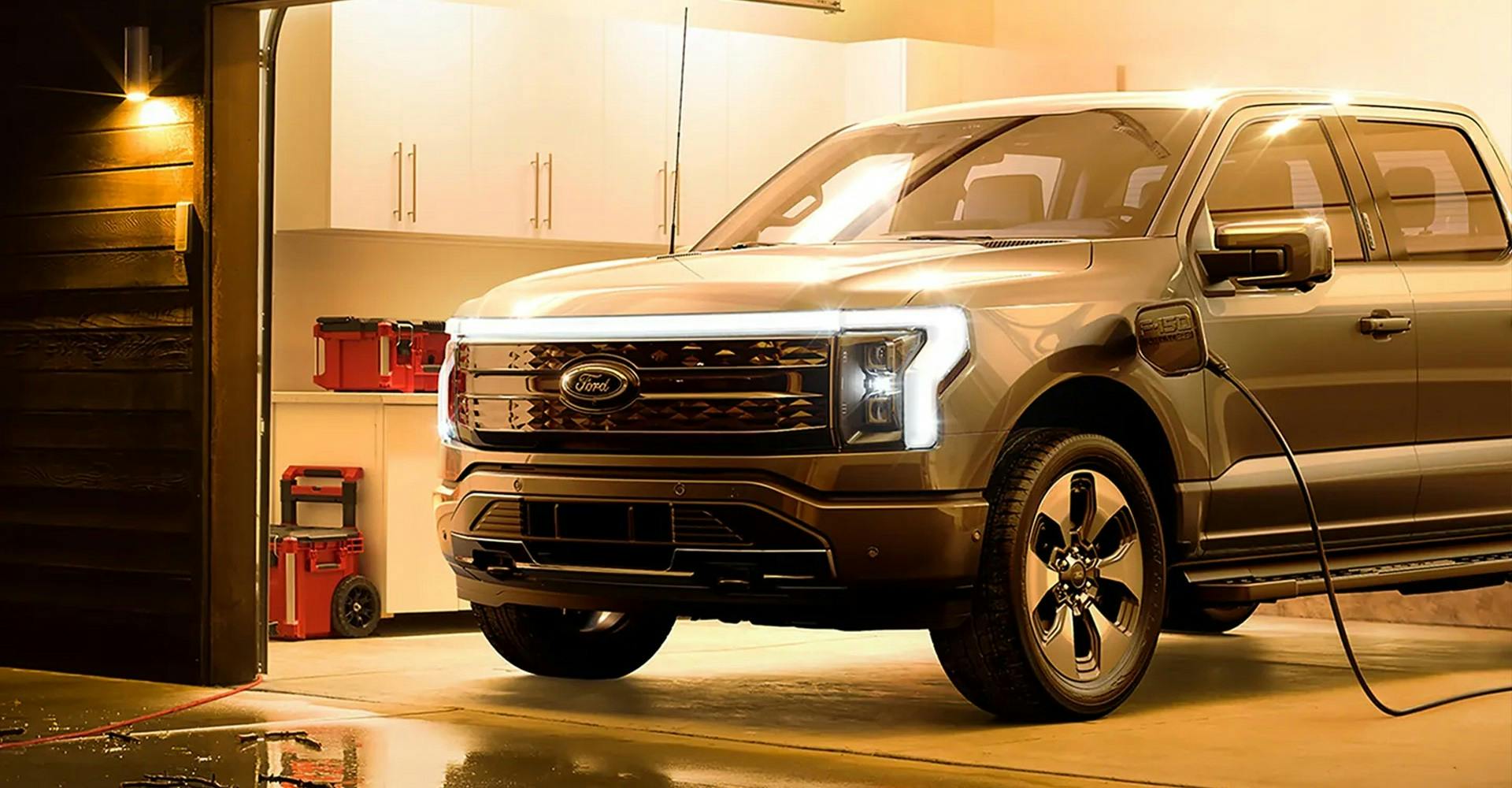
Built for the Future: Ford’s Midsize EV Truck Powers Up
Ford is poised to enter the midsize electric pickup market with a bold vision and a lot of strategy behind it. This new all-electric truck, set for a 2028 launch, is expected to be a game-changer, leveraging cost-effective technologies, strategic partnerships, and forward-looking design. Ford’s CEO, Jim Farley, has made it clear that this vehicle is part of a larger commitment to profitability and efficiency in the EV market, aiming to make all new electric models profitable within 12 months of launch. Here’s an in-depth look at what we know about this upcoming electric pickup and Ford’s strategy around it.
Shifting Strategy: Ford’s Profit-Driven EV Approach
One of Ford's major focuses in the EV space is ensuring profitability. With numerous EV launches lined up, Ford is taking a disciplined approach by pacing out its releases to align with market readiness and consumer demand. Farley highlighted that this pivot allows Ford to manage production costs better and anticipate market pressures effectively. Ford expects up to 150 new EV nameplates to flood the North American market by 2026, amplifying competition and price pressure.
Ford’s strategy to prioritize profitability is already paying off. The company reports a $1 billion reduction in EV costs this year alone. They’ve also cut battery capacity by 35% to match where they predict market demands will be in a few years, showing just how well-timed and thought-out these adjustments are.
The Backbone of Ford’s EV Future: Lithium-Iron Phosphate Batteries
A cornerstone of this upcoming midsize EV pickup is its lithium-iron phosphate (LFP) battery, developed with Ford’s Chinese partner, Contemporary Amperex Technology Co. Limited (CATL). Unlike traditional lithium-ion batteries, LFP batteries are known for their durability, cost-effectiveness, and safety. These features make them an ideal choice for a midsize pickup aimed at the cost-sensitive but performance-driven EV market.
To ensure seamless integration, Ford is building a plant in Michigan with CATL to produce these batteries domestically. This partnership allows Ford to keep production costs low and helps mitigate supply chain disruptions, which have challenged the automotive industry in recent years. These LFP batteries are expected to enhance range and charging times, which will be essential for Ford to compete with Chinese manufacturers like BYD, who are making significant strides in EV cost efficiency.
Setting a New Benchmark in Cost Efficiency
In his recent third-quarter earnings call, Farley revealed that the cost structure of Ford’s upcoming electric midsize truck will be on par with Chinese competitors like BYD, particularly those building vehicles in Mexico. A big part of this success is due to Ford’s meticulous attention to the bill of materials (BOM) for the truck—60% of the BOM has already been quoted, giving Ford a clear advantage in controlling costs and aligning with market demands.
With this meticulous cost-planning and production strategy, Ford aims to offer a truck that competes not only on quality but also on price. While the final price hasn’t been confirmed, early hints suggest it could be higher than the previously rumored $25,000–$30,000 range. However, Ford remains committed to affordability in this segment, suggesting a balance between competitive pricing and premium features.
Designed by Ford’s Skunkworks: Innovation and Excitement
Ford’s new electric midsize truck isn’t just about practicality and affordability; it’s a passion project for Ford’s dedicated team, led by Alan Clarke, a former Tesla Model Y engineer. Designed by Ford’s skunkworks in California, this vehicle is set to bring cutting-edge consumer technology and a compelling package that aligns with Ford’s legacy in the pickup market.
The truck will debut as the first model on Ford’s third-generation EV platform, embodying decades of innovation and expertise. Farley, who has over 40 years in the industry, described the project as one of the most exciting he’s seen. Given Ford’s deep roots in the truck segment, this new EV promises to bring a well-rounded mix of performance, utility, and advanced technology that will cater to both traditional truck enthusiasts and eco-conscious drivers.
Rising to Market Challenges: Ford’s Strategy for the Future
Ford is no stranger to the hurdles in the current EV market. While the company has made strides in cutting the costs of the Mustang Mach-E, its Model e business unit reported a year-to-date loss of $3.7 billion by the end of Q3. Despite these challenges, Ford has managed to bolster its internal combustion business, particularly with Ford Blue and Ford Pro. Ford Blue’s EBIT was $1.6 billion, and Ford Pro’s commercial truck division contributed $1.8 billion in EBIT, with significant growth in software sales.
The success of hybrids has also provided Ford with unexpected advantages. Models like the Maverick have demonstrated that there is robust demand for hybrid trucks, which may offer a bridge solution for customers not yet ready to transition to fully electric models. Farley acknowledged that hybrid demand has been strong enough that Ford can hardly keep up, prompting a decision to expand hybrid options across their lineup.
Looking Ahead: What to Expect from Ford’s EV Lineup
In addition to the electric midsize pickup, Ford’s lineup is set to expand with new hybrid and all-electric derivatives in the coming years. Ford Blue has announced new Bronco and Maverick models scheduled for Q4 of this year, while an all-new Expedition and Lincoln Navigator are expected next year. With Pro’s commercial business as a steady growth driver, Ford is well-positioned to balance its EV aspirations with the reliability of its traditional models.
As Ford continues to adapt its strategy in the EV space, the company is actively responding to consumer needs, market competition, and technological advancements. The 2028 electric midsize pickup will be a landmark in Ford’s journey toward sustainable and profitable electrification, showing that the company is not only ready to compete but also to lead in the years to come.
Ford’s Path to an Electrified Future
Ford’s upcoming midsize electric pickup is much more than a new model—it represents a strategic shift in the automaker’s approach to EVs. With a clear focus on affordability, advanced battery technology, and smart design, Ford is positioning itself to become a frontrunner in the competitive EV market. By leveraging partnerships, optimizing production, and staying attuned to consumer demand, Ford is setting the stage for a sustainable and profitable future in the electrified automotive landscape.
Expectations are high for Ford’s 2028 electric midsize pickup, and if the company’s track record is any indication, it won’t disappoint.








